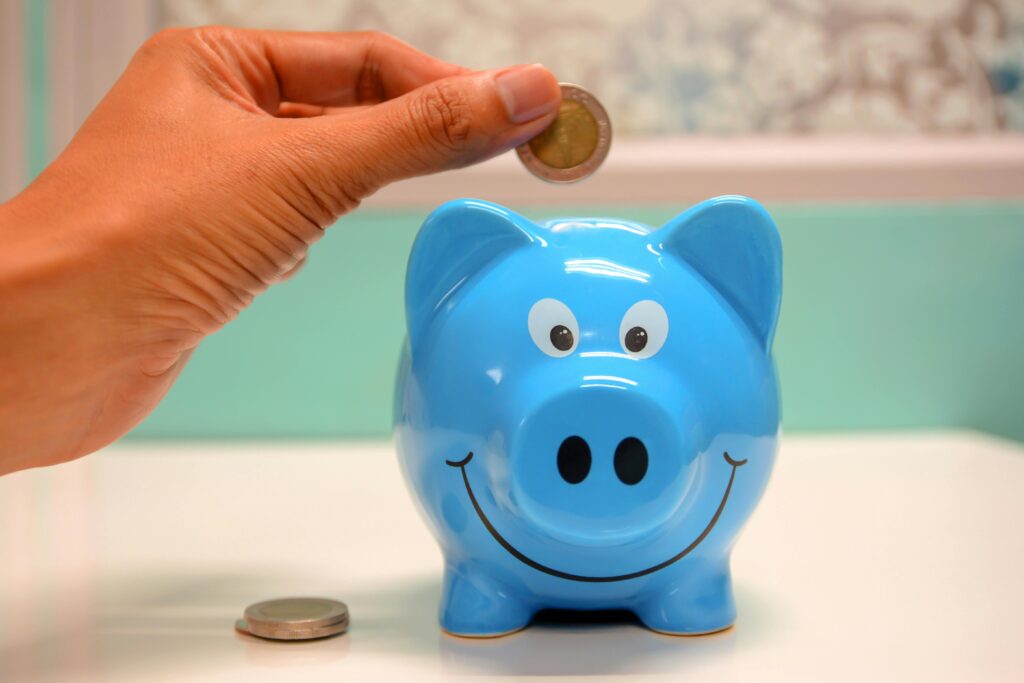We’ve all been there — one bad day, and suddenly you’re $68 deep into a “treat yourself” shopping cart. Emotional spending is real, and for many of us, it’s as common as ordering takeout on a Friday night. But what if your budget could actually account for your moods?
Enter the concept of mood-based budgeting, a fresh, psychology-infused approach to personal finance. It’s not just about numbers — it’s about how you feel when you’re spending money, and how to create a system that works with your emotions instead of ignoring them.
With the rise of mental health awareness and a growing obsession with self-tracking apps, mood-based budgeting is quickly becoming the next-gen money hack. Here’s how it works, why it’s trending, and how to make it work for you.
What Is Mood-Based Budgeting?
Mood-based budgeting acknowledges a simple truth: your emotions affect how you spend money. Instead of pretending we’re always rational consumers, this system encourages you to track how you feel when you spend, save, or splurge — and adjust your financial plan accordingly.
For example:
- You might budget a “comfort cushion” for stressful weeks.
- You might notice that you overspend when you’re bored, anxious, or lonely — and build in non-financial coping strategies instead.
- You might spot patterns that show when you’re most likely to impulse shop, then automate savings to kick in before that happens.
Think of it as a blend of mindfulness and money management.
Why It’s Trending Now
Three big cultural shifts are fueling this trend:
- Mental Health Awareness
People are more open than ever about anxiety, burnout, and emotional triggers. It makes sense that we’re starting to look at our finances through that same lens.
- The Rise of Self-Tracking Apps
From journaling apps like Daylio to finance apps like Copilot and YNAB, there’s a growing appetite for tools that combine mood-tracking with spending habits.
- The Burnout Generation’s Budgeting Style
Millennials and Gen Z are rejecting shame-based budgeting in favor of gentle accountability — and mood-based tracking fits the bill perfectly.
Tools to Try: Budgeting Meets Vibes
There are now a number of apps and trackers that let you tag emotions to your purchases, like:
- Daylio: Log your mood and activities — great for spotting stress-related spending.
- Copilot: A sleek budgeting app that helps you categorize and reflect on spending patterns.
- Notion: Create a customized mood-money tracker (perfect for the DIY crowd).
- Goodbudget or YNAB: While more traditional, these apps can be adapted with mood notes or journaling add-ons.
You can also go analog — a simple Google Sheet or bullet journal with “how did I feel when I spent this?” can go a long way toward self-awareness.
How to Start Mood-Based Budgeting
- Track for a Week
Write down each purchase and how you were feeling when you made it (happy, stressed, bored, tired, etc.).
- Identify Triggers
Do certain moods lead to impulsive purchases? Are there times of day or places where you spend more emotionally?
- Create Mood-Specific Strategies
If stress leads to late-night online shopping, try replacing that urge with a bath, a walk, or journaling. If boredom hits your wallet, build in low-cost hobbies you can default to instead.
- Budget for Real Life
Don’t just slash your “fun” category — make space for feel-good spending that’s intentional. Budget for small indulgences, therapy sessions, or even emotional “emergency funds.”
Your mood and your money are more connected than you think. Budgeting isn’t just about cutting back — it’s about knowing yourself, building better habits, and giving your future self some grace. With mood-based budgeting, you’re not just managing your finances — you’re managing your feelings around them too.
So go ahead — get in your feels, then get in your budget. You might be surprised how well they work together.


